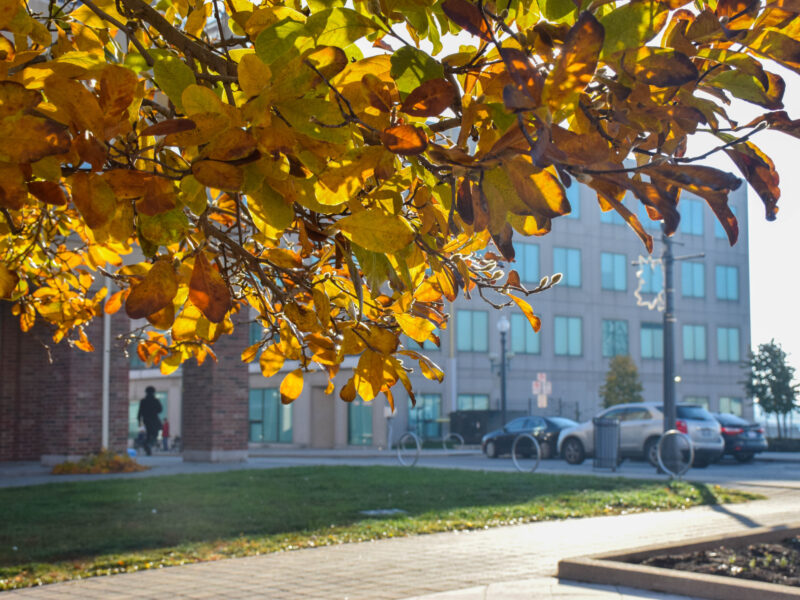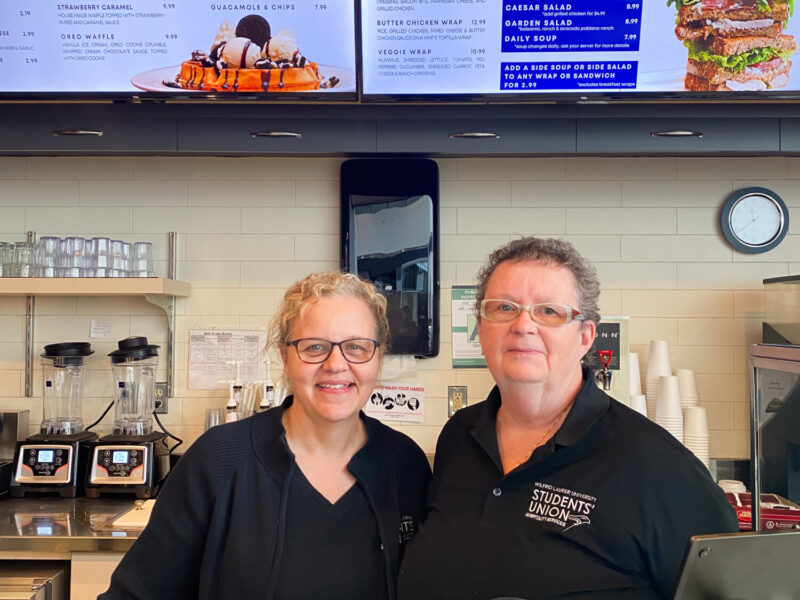CONTRBUTED IMAGE
We have all wished for an everlasting summer, but have come to realize to be careful what we wish for, because it may just come true.
With the rise of the global Covid-19 pandemic, universities have made the decision to teach classes online for the 2020-2021 school year. Laurier announced merely a week into their fall semester that most classes will continue to follow the remote format for the winter term.
The world of virtual learning made a breakthrough. Professors from Laurier only want what is best for their students and want to see them thrive, but the online learning is worrisome.
“This is an unprecedented experiment,” said associate professor Ken Paradis of the English department, “the fact is, we won’t know until Thanksgiving or November to see how students are doing, because that’s when students start falling apart … what I’m worried about is people starting to ghost.”
Some professors at Laurier Brantford are having a difficult time preparing lectures. Deciding between synchronous and asynchronous lectures, what teaching style will be a better fit for their class, cutting reading material and adapting to a new style of teaching can be a big change for professors.
The work is very tiresome.
Lessons have been made and lost due to the technology used, so the material must be created again, adding frustration and stress to the lives of the teachers.
Professors at Laurier Brantford are nervous to see how their students will adapt to online learning, and how the school year will affect the students and themselves. For Paradis, seeing his students every day and forming a bond with them is an experience unlike any other.
“I like interacting with the students, I find interacting with students nice, not seeing them is weird and deadly, I miss it a lot,” Paradis reflects.
The cause of online classes halts the interactions before and after classes which normally take place.
Paradis finds it difficult to teach to a class virtually. Not being able to see his students faces, seeing their expressions and tones affects the lesson being taught. He fears the lessons will be less effective, and students may struggle with keeping their motivation high.
Some are having a difficult time teaching virtually, especially when students have their cameras off. Although privacy is respected, it is very discouraging for professors to teach to black squares with nothing but the name of the student as identification.
Not seeing the faces of students makes it difficult to pick up on cues as to whether the students are understanding the lesson being taught, or if the students are bored and need a break or a change in pace.
Paradise also worries online schooling will show a further divide in students. The students who typically engage in lessons will stay unaffected, but students who don’t engage as much may fall behind.
The feeling of worry for the students is common in professors throughout this time. Professor Ian Macrae and associate professor at Laurier, believes there is learning that happens both inside and out of a classroom, but it is detrimental to be in a physical classroom to experience it. There are university experiences that will not be had, due to virtual learning.
Macrae noticed there is not the typical buzz in the air as there usually is, at the beginning of every school year. A feeling every student has felt.
“There is a lot of energy from the young people on campus, and it actually transmits up to the profs … I feel the energy from young people starting fresh every September in particular, so that diminished and is not really present at this point.”
The excitement in the air has fled, giving many professors and students a low energy start to the year. The online learning has affected the excitement of school for both students and faculty. Macrae likes to stay positive though, and engages with his class as best as he can through every single lecture.
Professor William Bowman of the user experience design program, tries to break his class into smaller segments to keep his students engaged. His 20 minute intervals will keep the attention span of his students fresh, and it will better help with their studies. Although Bowman doesn’t enjoy virtual learning as much as being in the classroom, he is doing his best to adapt to his student’s needs.
He is concerned with keeping his students involved in their schoolwork and keeping them motivated to do well.
“The only struggle is keeping the students engaged, even the really strong students find it more difficult to stay motivated with online classes, and the ones that may have missed classes in person, they really struggle online,” said Bowman.
Professors at Laurier Brantford are mostly struggling with forming connections with their students. Teaching virtually does not have the same appeal or effect on student/teacher relations, and they have noticed a change in the classroom atmosphere because of this. Driven by the student/ professor relationship creating inviting and interesting lectures online will continue to be at the forefront of their minds.




